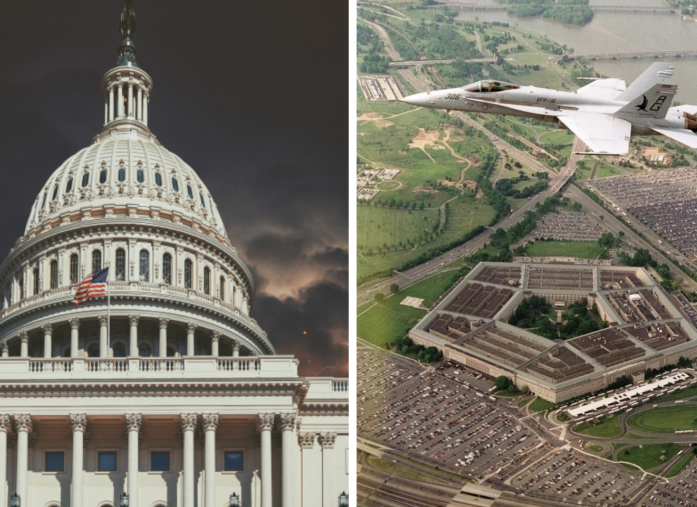The Defense Department has not taken adequate measures to address “significant fraud exposure,” and its timeline for fixing “pervasive weaknesses in its finances” is not likely to be met, according to a recently released government report.
The Government Accountability Office conducted the report to assist the Pentagon in meeting its timeline for a clean audit by 2028. DOD has failed every audit since it was legally required to submit to one each year beginning in 2018. In fact, the Pentagon is the only one of 24 federal agencies that has not been able to pass an unmodified financial audit since the Chief Financial Officers Act of 1990.
For more than two decades, the GAO has given over 100 recommendations on how the Pentagon can fix its financial weaknesses. Most cases are still open, with no progress satisfied other than a “leadership commitment.” Additionally, many of the thousands of identified deficiencies found in its 2018 audit remain outstanding.
Indeed, the GAO found that “to achieve a department-wide clean audit opinion by December 2028, the DOD needs to accelerate the pace at which it addresses its long-standing issues.”
GAO advises DOD to implement a fraud risk management system. From 2017 to 2024, the DOD reported $10.8 billion in confirmed fraud. While that number is small compared to the Pentagon’s budget over those years, “recoveries and confirmed fraud reflect only a small fraction of DOD’s potential fraud exposure,” the GAO says.
Examples of more egregious cases of fraud and abuse at the Pentagon — like the $52,000 trash can or the $7,600 coffee maker — have been well-documented over the years. But others are a bit more granular. The new GAO report noted that the Pentagon purchased a machine gun bipod component with subpar manufacturing standards because a vendor fraudulently edited paperwork to reflect a higher manufacturing score. Luckily, engineers caught the deficiency before the bipods entered the battlefield, but the incident could have placed soldiers in harm’s way.
Defense Secretary Pete Hegseth promised to return a clean DOD audit by the end of Trump’s administration, an outcome the GAO report and experts say is unlikely, barring significant changes.
Despite inadequate answers to these massive financial deficiencies, President Trump has ordered the Pentagon to increase its budget to over $1 trillion, up from the around $850 billion that the Biden administration requested for FY 2025.
“Congress set an ambitious deadline for the Pentagon to achieve an unmodified audit opinion in 2028, but there's little evidence to suggest the department can meet it,” says Julia Gledhill, Research Associate at the Stimson Center. “Lawmakers would be better off lowering Pentagon spending, which would help the department mitigate the risk of contractor fraud. With more limited resources, the Pentagon would have to tackle the issue head-on."
















